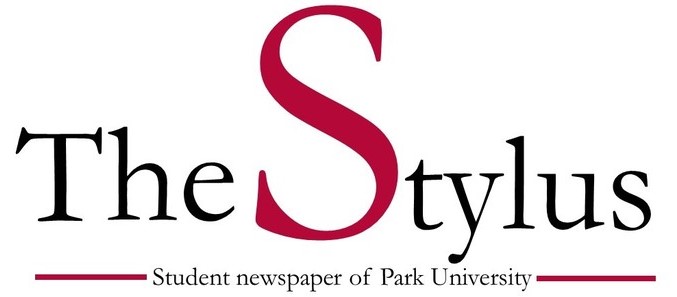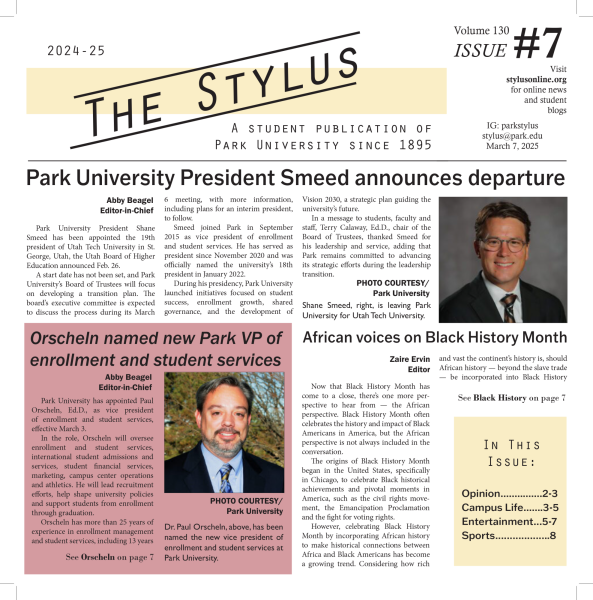The Consequences of a White Lie
Sixty years after the murder of 14 year-old African American boy Emmett Till Mrs. Carolyn Bryant Donham admitted she fabricated that Till had whistled at her. Till was buying two cents worth of bubblegum when 21 year-old Donham falsely accused him. Donham’s husband, Roy Bryant, and his half-brother J.W Milam took the law into their own hands once they learned of the false exchange. Till was then kidnapped, mutilated, shot and disposed of in the Tallahatchie River in August of 1955.
Till’s mother, Mamie Till, insisted on having an open casket. Images of Emmett Till’s disfigured body further fanned sparks of the Civil Rights Movement.
During the trial, Carolyn Donham testified that Till had grabbed and threatened her inside her husband’s store. She claimed that Till used an “unprintable” word and had told her that he had been intimate “with white woman before”.
“I was scared to death,” she added to her testimony.
Even with compelling evidence they were acquitted of murder by a jury of white men.
Donham had testified in front of a jury that her statements were true. In a book later written by Duke University Professor Timothy Dyson she confessed “That part’s not true”.
“That part” is the only reason Emmett Till was kidnapped, brutally tortured, shot multiple times and dumped in a river.
She lied under oath. Because she told her husband this lie before the brutal killing of Till, her actions caused his death. It’s not like she was unaware of the outcome her lie would have.
Her age should not play a factor on the consequences she should face. She should be put to trial for the death of Till. Historical accounts of the murder should also be revised, and include that his life was taken because of a lie.
If Till had been a white man he would not have been lynched. Even if Donham’s statements had been true Till did not deserve to die.
Your donation will support the student journalists of Park University. Your contribution will allow us to cover our annual website hosting costs, freeing up other funds for equipment, printing and training.







